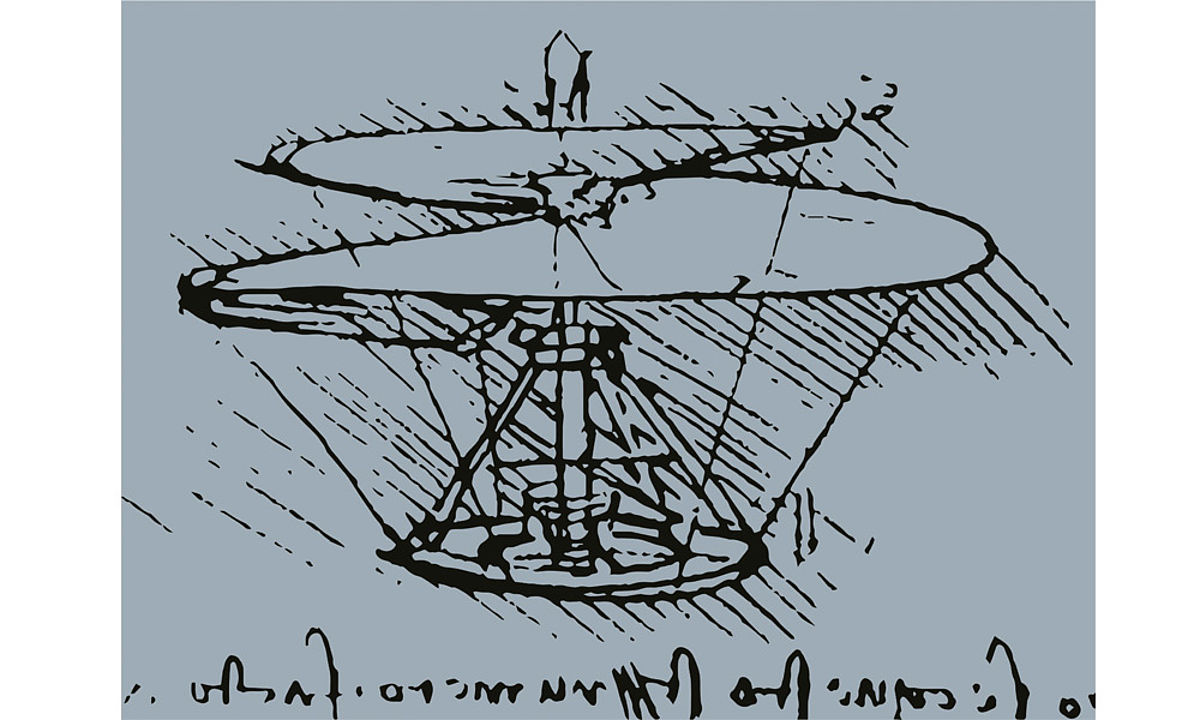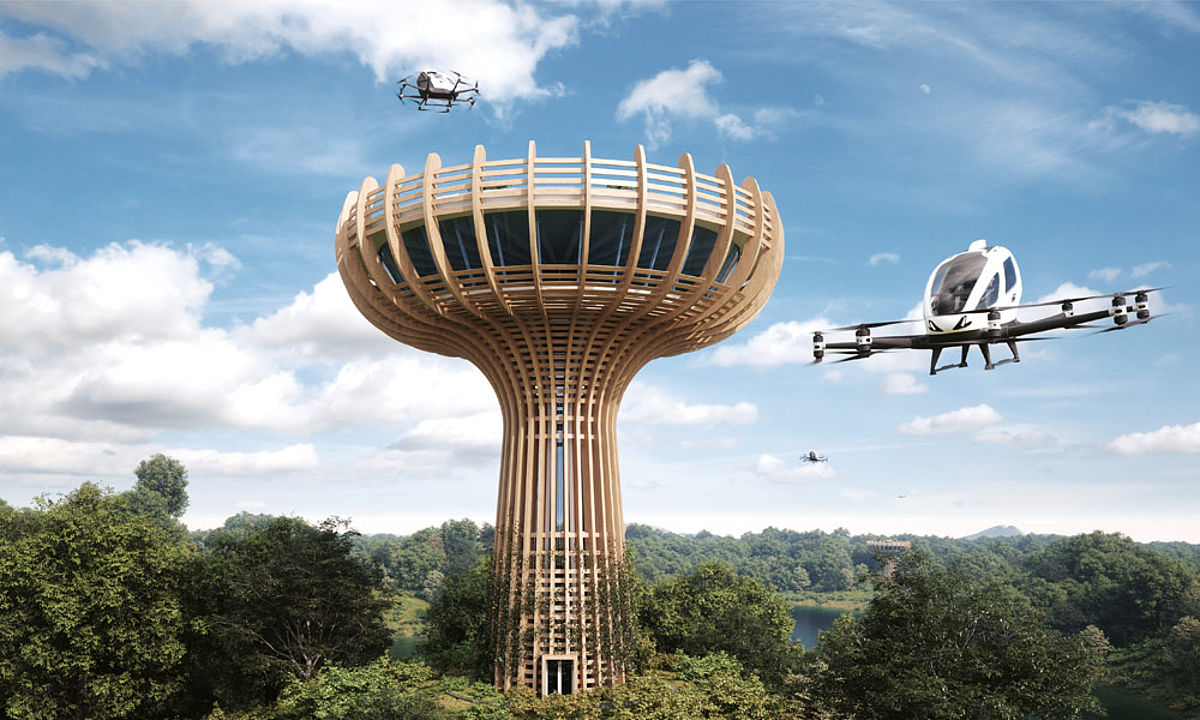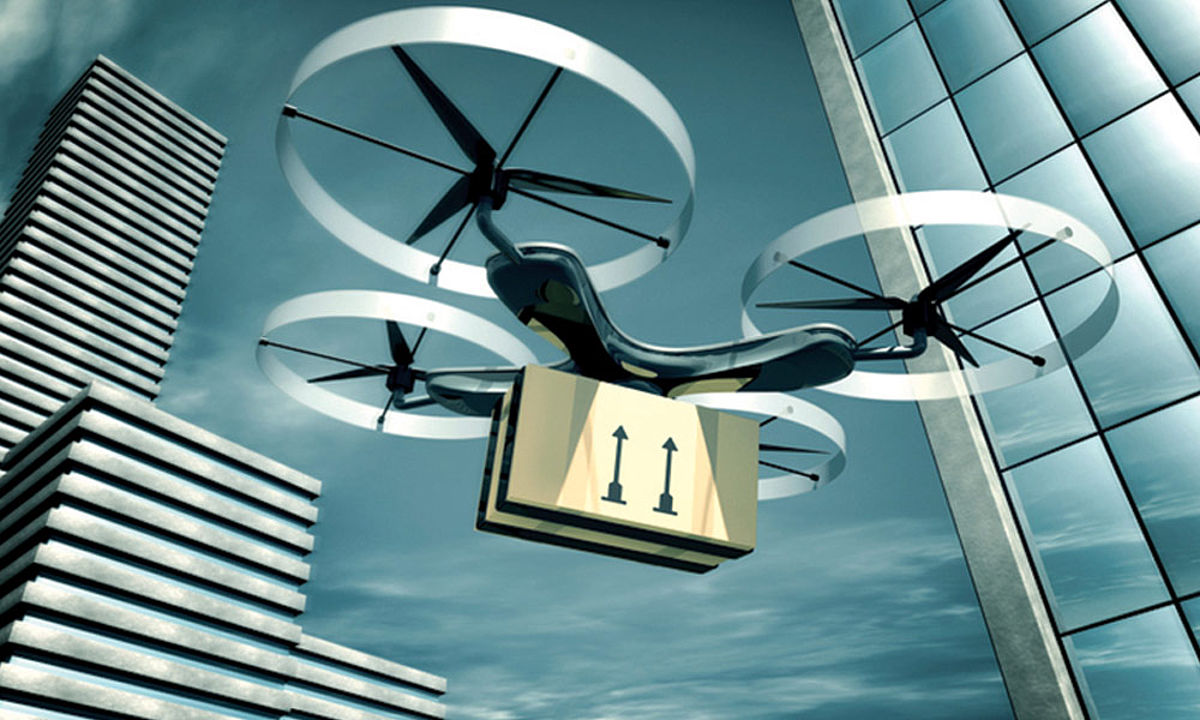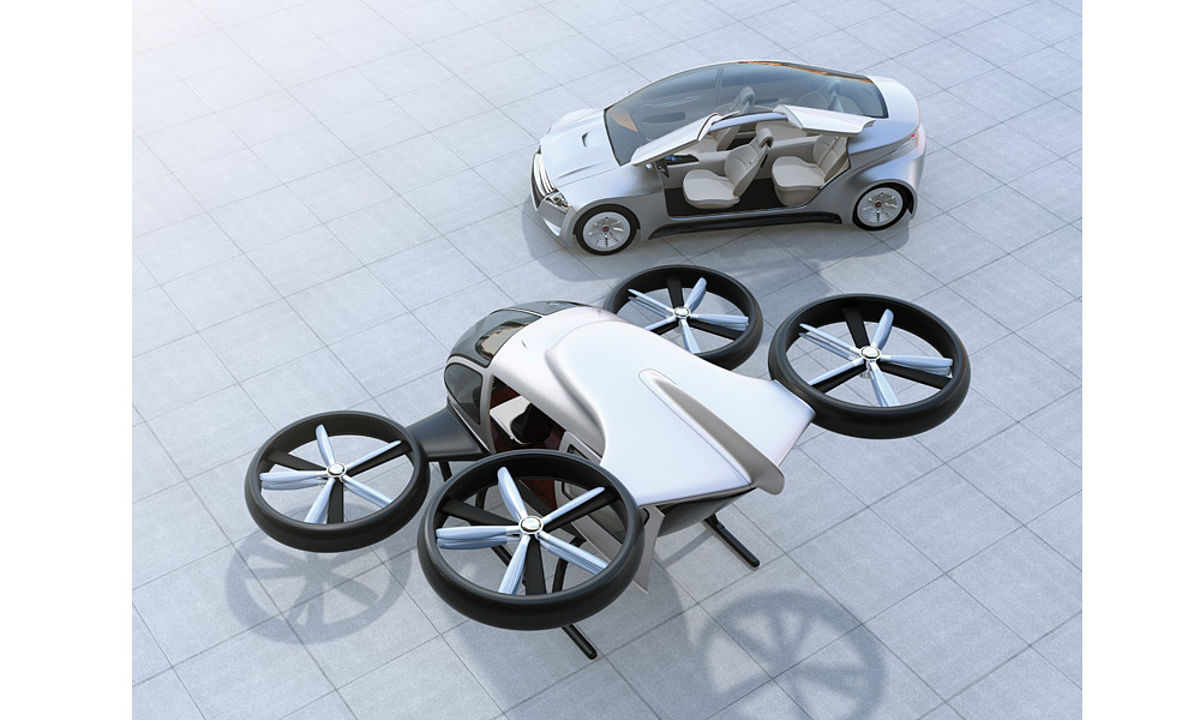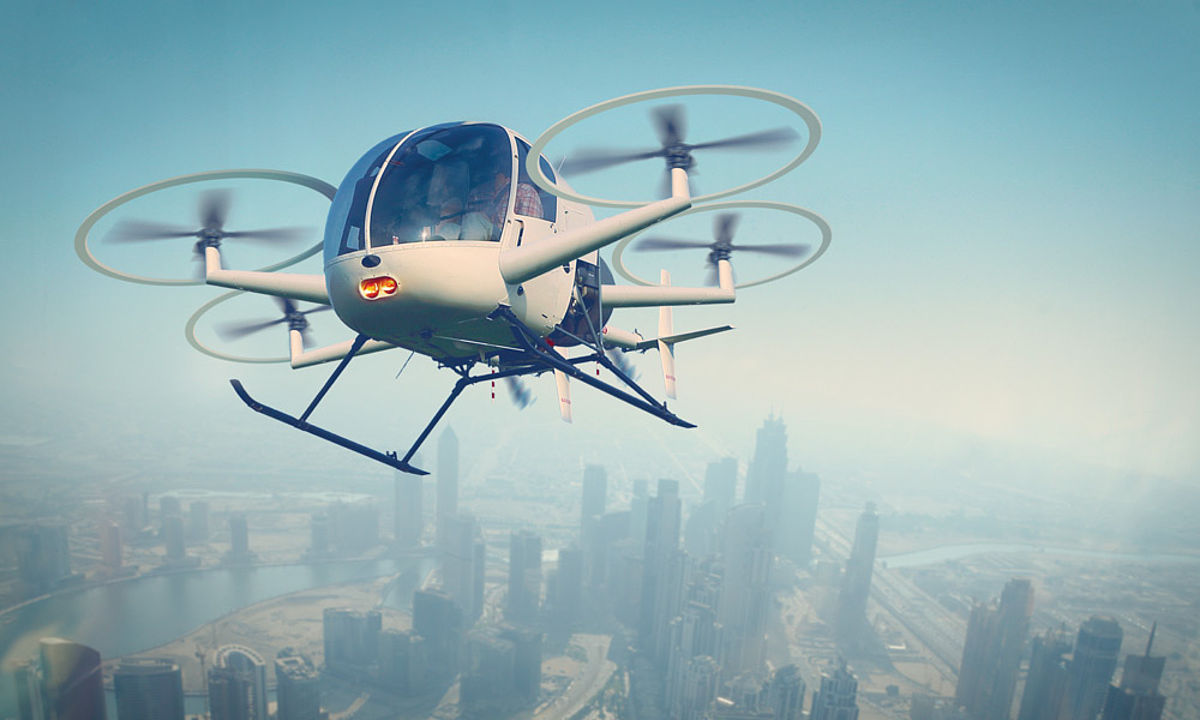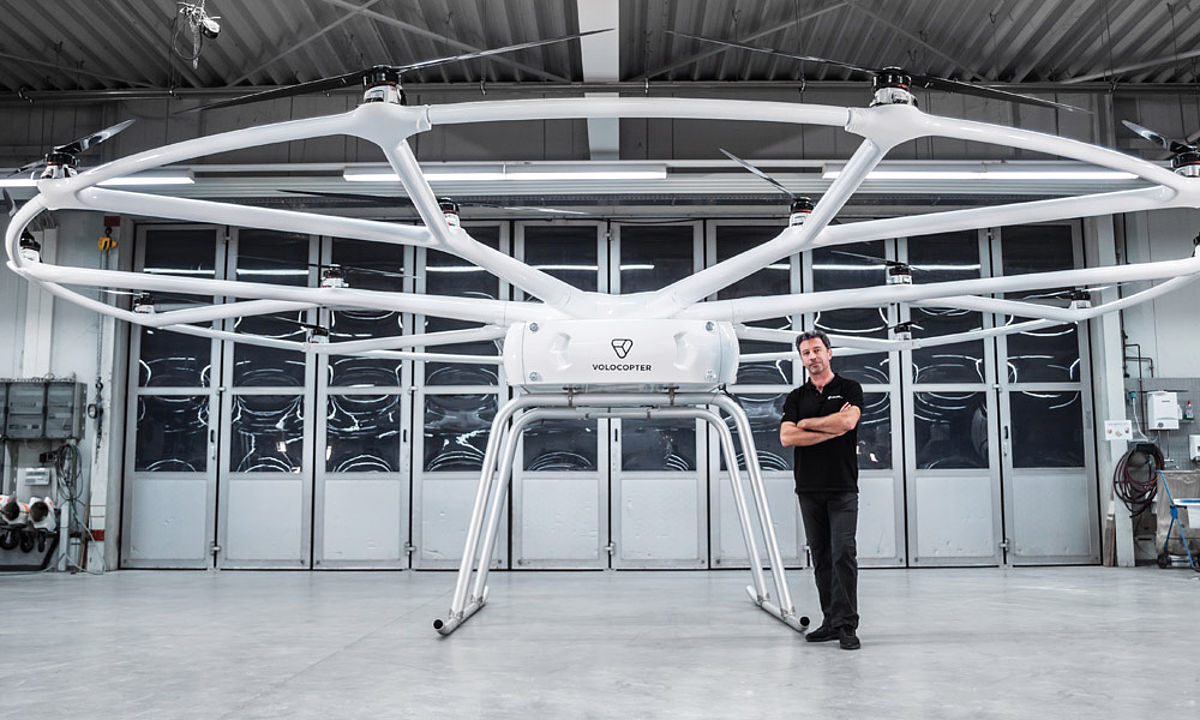Technology
Cargo and passenger drones ready to take off
Cargo drones, offering lower risk than flying humans, could pave the way for commercially viable flying cars.
Urban mobility often conjures images of autonomous “air taxis” shuttling passengers around highly congested cities. But it could be cargo drones, offering lower risk than flying humans, that pave the way for commercially viable flying cars.
Rise of the rotocraft
Leonardo da Vinci sketched an aircraft with an aerial screw, in 1490 but it wasn’t until 1901 that German inventor Hermann Ganswindt built a multiple rotor-blade aircraft, which flew for a few seconds. Igor Sikorsky designed the world’s first practical helicopter, which lifted in the United States in 1939. A century later, a new generation of rotorcraft machines are acquiring a new name – and significance.
These aren’t the headline-grabbing “last-mile” drones that are expected someday to deliver everyday items like burritos or books. They’re heavy-lifters designed to transport a couple tons of cargo over long distances in rain, fog or snow. The US military already uses them, albeit for lighter loads. Now a group of drone experts who have helped engineer those drones have put their skills to work to design what they claim will be the world’s first commercial heavy-lift, long-range autonomous cargo drone. Rhaegal is a vertical takeoff and landing aircraft, also known as VTOLs, that can lift nearly 2,500 kilos (5,511 pounds) of cargo straight up from the ground like a helicopter and, if a short runway is available, take off like a plane and carry as much as 4,500 kilos (9,921 pounds) over a thousand nautical miles (1,850 kilometers). Its body sits low to the ground with a nose that tips upward allowing containerized or bulk cargo to be quickly loaded and secured.
Test flights slated this year
De Reyes, CEO of Sabrewing Aircraft, which builds the Rhaegal, sees demand for autonomous aircraft that are quick to land, load and take off again and that can transport goods taken from large cargo planes to waiting trucks miles away or “pop-up” distribution centers. The Rhaegal began test flights earlier this year and is expected to enter service in 2022. The venture is being financed by Drone Fund, Idaten Ventures and several other investors. If the idea of a cargo drone is relatively new, interest in passenger drones has been around nearly as long as airplanes themselves. Anyone spending hours stuck in traffic can tell you why. More than 200 electric air taxis are in various stages of development by startups that include Aurora and Zee. Aero of the United States, Germany’s Lilium and Volocopter, the Netherland’s Pal-V, Solvakia’s Aeromobil and China’s Ehang. And more than 70 companies are involved in their development and financing, from airplane makers Airbus and Boeing to carmakers Ford, Geely, Hyundai, Porsche and Toyota. Even ridesharing company Uber has entered the fray, cooperating with several of these and other companies to develop its own Uber Air flying taxi.
Multiple rotors, multiple designs
There are basically three types of such aircraft: multirotor, lift-and-cruise and tilt. Multirotor aircraft have multiple motors and propellers around or on top of the cabin that are used for both vertical and horizontal movement. Lift-and-cruise designs use rotors to hover and wings for cruising. And the tilt solution, considered the most optimized design, uses rotors for vertical takeoff and landing, which can be tilted on the wings to allow the aircraft to cruise like a conventional airplane. But are flying taxis a solution to congestion, as their supporters argue? Or just some billionaires’ toys, as critics charge? Entrepreneurs envision taxi models where small groups of commuters could share rides for just a few dollars. German consultancy Roland Berger expects more than 3,000 will be flying by 2025, initially pilot-assisted, and as many as 98,000 autonomously by 2050. Analysts estimate the air taxi market to be worth anywhere from $615 billion (€505 billion) to nearly $3 trillion by 2040.
